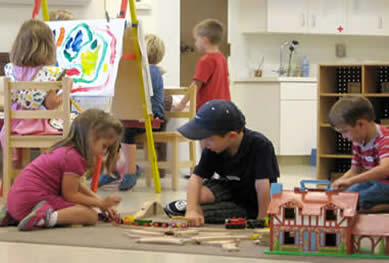Education is like
the process of climbing a mountain. You have to start at the bottom with the
simple skills. It is almost impossible to imagine what the top will be like or
what you could do with all the knowledge you accumulate. The higher you go the harder or steeper the
going gets, but the motivation becomes that much greater because you see the
potential of where you are going. Reaching the peak is like graduation day. At
that point you have finished school and can use your knowledge however you
want. The opportunities go as far as the eye can see. Usually reaching the top doesn’t
mean you stop learning though. Like any great hiker it is just the end of your
first great adventure. Many go on to learn new things and conquer new
mountains.
It has been a
very eye-opening experience to read everyone’s blog this semester. I appreciate
everyone sharing their research and opinions. One topic that I became aware of
during the class was the diversity of students I can expect in my classroom. I hadn’t
thought about teaching different races, sexual orientations, and abilities. I
feel that now I will be a lot more expectant to see a variety of students, more
than I had thought about before the class. I also feel prepared to create a
learning environment that is suitable for all of them.
I especially
enjoyed learning all the different takes on education this semester from how
other countries structure their education systems to specific philosopher’s ideas.
One of the philosophers I found to be very interesting was Rudolf
Steiner who invented Waldorf education. I found his ideas so fascinating because
he focused on building knowledge through creativity such as art, music, and
storytelling. Another school I really liked learning about was the Summerhill
School. If I had heard about the concept before reading about the school I
would have never considered that it could work, but now I see why it does and I
think that a lot of the ideas are great. I will take a lot of information about
this course with me when I become a teacher.









